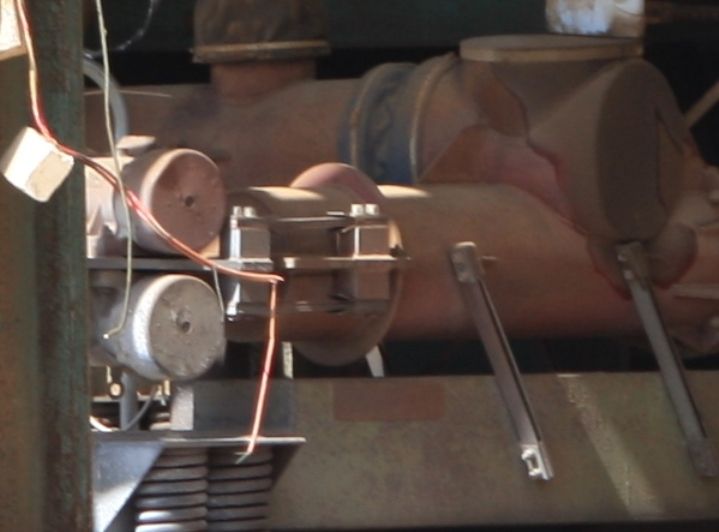Posted by DrDave on 07/01/2022 13:43:59:
Ah! That's got the hornets going again… cut
One point that might have been missed, asI found from the ESDU Data Sheet that I referenced, is that this all applies to bolts that are predominantly loaded in shear. For those in tension, a lock nut is not required (have you seen many on a car engine?).
And lastly, as others have pointed out, lock nuts are not an acceptable locking mechanism for safety critical applications anyhow. So is the order really that important?
Hi, I'm with AStroud here as far as steel structures are concerned, friction grip bolts is what I was taught during my fabrication and welding technicians course.
As far as bolts that are just in tension not needing a locknut, the four bolts holding the spring steel laths between the motor plate and the tube on these vibrating conveyors, always had to have two nuts of the same thickness, the bottom nut was torqued up to full load and the top nut was then locked on, but both bottom nuts on each block had to be fully tightened before the locknuts were put on and this was the only way to be sure they would not come loose, in fact the motor plate and or the laths would fail. Only knew one failure of the bolts due to someone who decided to use a pair of Nyloc nuts, one on each bolt, which came slightly loose, which made two or three of the laths and the spacers to rattle enough to cause enough heat to spot weld them together in several places and the noise it produced was horrendous and I even had to cut the bolts off to replace all the laths and two new bolts, a single nut on the bolts would not stay tight.

Regards Nick.
Edited By Nicholas Farr on 07/01/2022 20:27:57
 Nicholas Farr.
Nicholas Farr.




